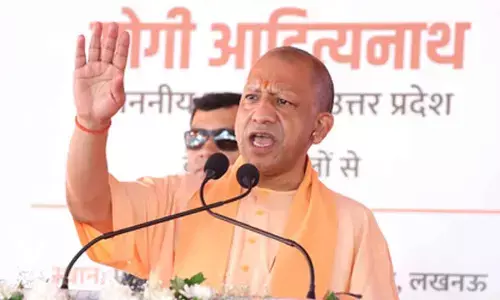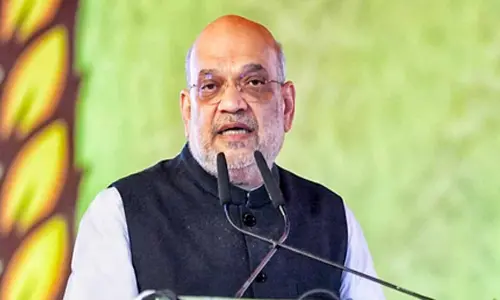How to access PF money before a maturity

The longterm investment towards retirement could be better achieved through a combination of instruments like Mutual funds MF, stocks, NPS National Pension Savings, PPF Public Provident Fund, EPFPF Employee Provident Fund and life insurance While MF and stocks offer high liquidity, they also pose a higher risk compared to the other mentioned investment avenues
The long-term investment towards retirement could be better achieved through a combination of instruments like Mutual funds (MF), stocks, NPS (National Pension Savings), PPF (Public Provident Fund), EPF/PF (Employee Provident Fund) and life insurance. While MF and stocks offer high liquidity, they also pose a higher risk compared to the other mentioned investment avenues.
Of course, a variant in life insurance i.e. Unit Linked Insurance Plans (ULIPS) could also increase the risk if opted for a greater proportion towards equity investment. Barring that, the life insurance products, NPS, EPF and PPF offer stable returns for the investor and could provide for a much-desired asset allocation and diversification strategy. Life insurance products do come in variations of guaranteed and semi-guaranteed features.
As mentioned earlier, the liquidity is highest amongst all these avenues in equity and MF while insurance products offer conditional liquidity. The general understanding is that the other two cousins viz., PPF and NPS are highly illiquid till their maturity. Though, not all is lost for investors in these schemes as provisions are built-in to access the invested money during certain emergencies and requirements.
In case of Employee PF or PF, the subscriber could access the accumulated sums in case of loss of employment. In case of unemployment for a period of three months or above, the subscriber could withdraw the entire amount from the corpus. But an amendment is done to ensure only a partial amount to be withdrawn during the phase of unemployment and upon gaining employment, the subscriber could transfer the account to the new employer to continue to contribute. This way the discipline and commitment for retirement continues while also ensuring the required respite through redemption for the needy.
The amended rule allows one to withdraw up to a maximum of 75 per cent of the EPF corpus without having to close the account if one is out of job for more than a month. This facility is available in case of employees not having received their salaries for two consecutive months for any reason except for strike. If a lockout has been declared by the employer or closure of the organisation for a period of over 15 days, one could avail advance from their EPF account.
Another purpose allowed for withdrawal is during a purchase of a residential house or a plot/land to construct a house. The eligible limit to withdraw for the purchase of plot is up to a maximum of 24 months of the basic pay and the associated DA (dearness allowance) while buying or constructing of a house would increase to a limit of up to 36 months.
The purchased land or house could be in the name of the employee or the spouse and ownership could be either sole or joint. The other useful provision is to access the EPF amount for repaying the home loan. The maximum allowed withdrawal is up to 90 per cent of the EBF corpus though a clause of contribution to be at least for a 10-year period from the date of application is added. The minimum balance of Rs 2 lakh on that date is also mandated.
The other purpose allowed to access the PF amount is for addressing any medical exigencies of any of the family members. The maximum amount of withdrawal from the PF corpus here is restricted to 6-month contribution of salary and DA. This facility allows treatments that require hospitalisation for up to one month. EPF withdrawal is permitted in the case of education and marriage purposes of children, siblings and the subscriber themselves included. The maximum amount permissible for withdrawal is 50 per cent of their corpus. Withdrawal, one year from the retirement is also allowed in EPF for those subscribers who have completed 54 years of age.
The withdrawal, however, will be restricted to 90 per cent and the remaining could be withdrawn in full or part post retirement. Its critical to remember that all the cases of withdrawals are subject to the contributions and the interest accrued on.
(The author is a co-founder of “Wealocity”, a wealth management firm and could be reached at [email protected])














